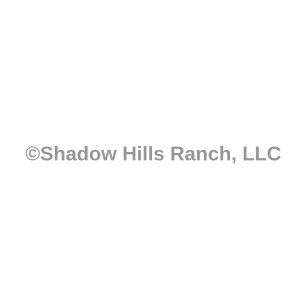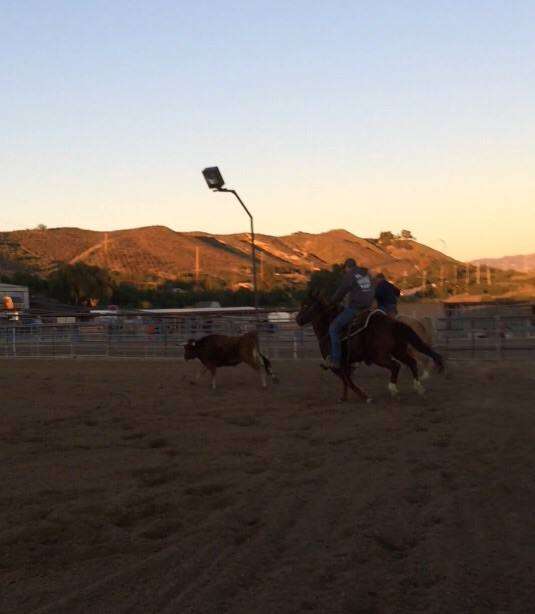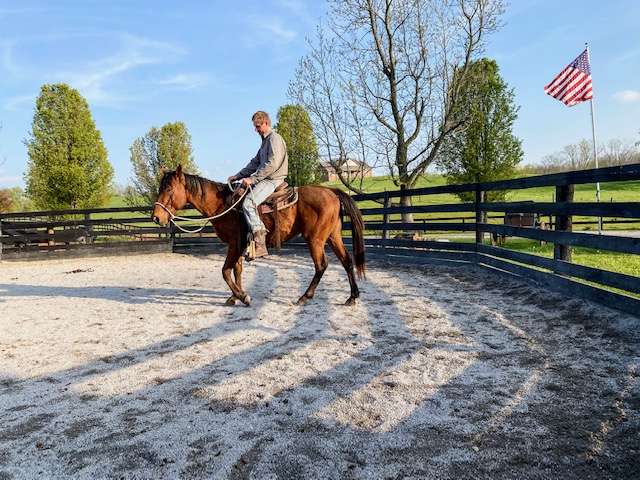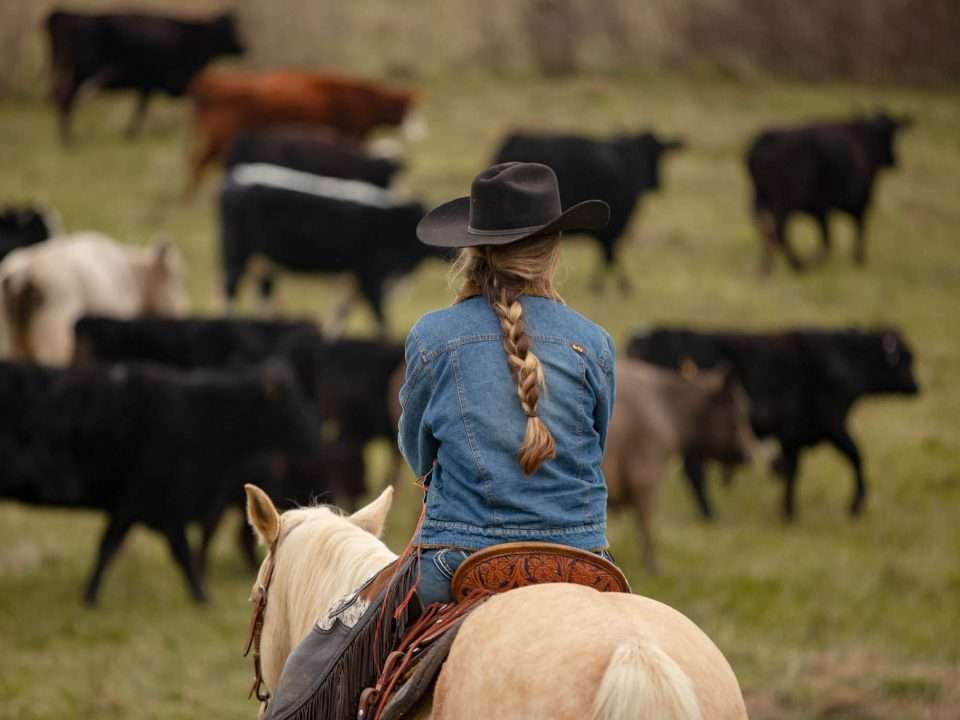Cowboy Medicine- A Basic Overview of First Aid

Right Horn, Left Horn, Saddle Horn
March 17, 2021
Moving Cattle- One Step Further
April 1, 2021**This is by no means a substitute for official training. Shadow Hills Ranch is not liable for any misuse of the information provided. This article is simply an overview of what I carry in my trailer and in the saddle bags for on-the-trail first aid. Any medical intervention done by a layperson should still consist of calling a veterinarian (animal) or 911 (human)**
If you would like to schedule an ASHI CPR/First Aid class, please contact the page for more information and pricing.
Something that is often forgotten when packing up to go for a trail ride or to trailer to a horse show is a first aid kit. Accidents happen and always will, no matter how hard we try to avoid the situation! That being said, it is always a good thing to be prepared and informed on handling these accidents and situations we may find ourselves in. One of the simplest and most important factor of being prepared is having the knowledge to act, and second is the tools to act. Both go hand-in-hand.
Knowledge to Act
Knowledge can only be obtained through education. I highly recommend that anyone reading this, if not done already, attend and get certified in CPR and First Aid. I am a certified ASHI CPR/BLS (Basic Life Support) instructor, please contact the page if you would like to schedule a class. Giving a call to your local hospital or fire department is a great start as well since most offer classes and courses to the public. You can have the best, most stocked first aid kit in the world, but if you do not know how and when to utilize it, the kit is useless! This article is not about the knowledge though, it is about the tools!
Tools to Act:
First aid kits come in many different forms, shapes, and sizes. You can spend as little as $10 and as much as $200 on a first aid kit. Anything is better than nothing, but there are some materials that are more beneficial than others to stock! Also, different kits belong in different areas. Personally, I carry two different kits: a large kit in the trailer, and a small essentials kit in the saddle bags. Lets take a look!
Trailer Kit:
Because this kit is located inside the horse trailer and always will be, I am able to have a larger and more stocked kit for a wider range of emergencies. You do not have to go overboard and stock an ambulance with this kit, but you do want to have a kit able to handle multiple situations for you and your horse!
My trailer kit includes the following catagories:
- Vitals and Equipment
- Bleeding Control and Laceration Care
- Burns
- Ocular Injury (eyes)
- OTC Medications and Equine Medication
Let’s dive deeper into each category!
Vitals and Equipment- What I stock: Stethoscope, BP cuff, Pulse Oximeter, trauma shears, tape, extra halter/lead, hobble, cage muzzle (K9).
For gathering information about the patient. Shears come in handy for cutting materials, even lead ropes or leather cinch straps. Extra leads give you control of the animal, hobbles can be utilized to help prevent further injury caused by frantic movement, and cage muzzles can prevent bites when treating dogs. All of these, if utilized, should also include activation of 911 or veterinary services.
Bleeding and Laceration Care- What I stock: band-aid (various sizes), gauze rolls, triangle bandage, trauma pads, 4×4 gauze, suture kit, SAM splint (large and small), tourniquet, vet wrap, gauze padding, tape, ice packs.
This is essentially a trauma kit. Many commercial kits have a pretty good selection to choose from when it comes to Trauma or bleeding control, which for most is good enough! For laypersons I would recommend adding in vet wrap and padding for your horse needs!
Burns- What I stock: Burn cream, dry gauze, burn sheet, saline bottles, IV equipment (Trained personnel only).
Simple burn kit! Most first aid kits, the higher end ones at least, include most of these materials. IV equipment is NOT for untrained personnel.
Ocular Injury- What I stock: Saline solution eye drops, eye wash kit, eye covers, tetracaine solution (trained personnel only).
Ocular injuries are delicate. Most first aid kits include saline solution as drops, and eye covers can be substituted with gauze pads and tape. In any eye injury, the key to minimize movement which causes further injury, is covering BOTH EYES. Tetracaine is NOT for untrained personnel.
OTC Medication and Equine Medication- What I stock: Benadryl, Aspirin, Acetaminophen (human). Bute tablets, Ace gel, SMG tablets (equine)
Covers a wide variety of common issues. Benadryl for allergic reactions, Aspirin for pain or cardiac, Acetaminophen for pain management. Equine: bute for inflamation and pain, Ace gel as a sedative, SMG to start early antibiotic. It is important to remember ANY med-administration should also include consult with a veterinarian, doctor, or emergency personnel.
Essentials (IFAK) kit:
My small personal kit, which often is referred to as an IFAK (Individual First Aid Kit) serves the purpose of providing care to a single person, whether myself or those with me. Small and portable, the whole point is to carry just the essentials for what most likely will be encountered. My particular kit is geared for trauma since that is the most likely emergency to happen on the trail!
My IFAK includes the following:
- 4×4 gauze pads
- band-aids of various size
- SAM Splint (small)
- Roller gauze
- Triangle Bandage
- Trauma Pad
- Vet Wrap
- Tape
- Benadryl and Ibuprofen
- Triple Antibiotic Cream
With these tools, most minor trauma (sprains/fractures), cuts, and abrasions can be handled. Bleeding can be controlled, splinting can be performed, early antibiotic treatment can be applied to cuts/burns/abrasions. Benadryl (diphenhydramine) is carried in the event of bee stings or allergic reactions, and Ibuprofen is carried to treat headaches, muscle aches, or wherever mild pain relief is needed.
Because I am a paramedic, I do carry a 14g needle, tourniquet, and “quikclot” hemostatic dressing in my kit. These are for life saving procedures that require immediate intervention and immediate care when in areas that emergency responders may be a while before arriving, such as riding on trails. These are NOT tools for laypersons kits, unless you are trained in the application. Medics and nurses who read this, you know exactly what these are used for thus I will not explain further!
My kit is small, about the size of a checkbook wallet. It fits easily in my saddlebags and can be accessed at moments notice.
Remember: part of assembling a kit is to be knowledgeable on the use and application of each tool! Seeking medical assistance for every incident is advised.
Some options for commercial first aid kits and IFAK:
Between the two kits, many situations can be handled. The most important thing to remember when assembling a first aid kit is the limitations. By this, I mean knowing when you no longer can handle the situation with the tools at hand. For example, bandages. I can treat minor trauma but there does come a point where the injury is too great to manage and 911 activation is necessary. Sure, I may wear the hat of a 911 care provider when on duty, but that does NOT mean I can handle everything and anything thrown my way. Know the limitations of your kit and always remember that any time you need to access your kit, you should also call 911 or your veterinarian to provide further care.
In the future we will have a clinic designated entirely to equine and human first aid. The clinic will certify participants in CPR and First Aid, and a veterinarian will give advice on treating the most common equine injuries. Watch out for the event page on our Facebook and website!
